🤔 Smoothie FAQ: Real Answers to the Questions You DM Me at 2 a.m.
I once poured orange juice into my blender and called it a smoothie. My roommate took one sip and asked if I’d “blended a creamsicle with regret.” Fair. Since then, I’ve fielded every smoothie SOS under the sun—so here’s the no-BS cheat sheet I wish I’d had on day one. 😉
⚡ Quick Snapshot
- Fix any smoothie fail in 30 seconds flat.
- No fancy gear required—a $30 blender and these hacks do the job.
- Allergy swaps, texture fixes, and meal-prep hacks packed below.
🧪 The Basic Smoothie Formula That Never Fails
Liquid: ½–1 cup—water, milk, oat milk, coconut water, or green tea.
Fruit: 1–2 cups frozen = thick milkshake vibes.
Greens (optional): Handful of spinach—tastes like nothing once blended.
Protein (optional): Greek yogurt, scoop of powder, or spoon of nut butter.
Healthy fat (optional): ¼ avocado or 1 tbsp chia seeds = velvet texture.
Sweetener (optional): Taste first, then drizzle honey or dates if needed.
Flavor bomb (optional): Pinch of cinnamon, ginger, or cocoa powder.
Blend low → high → low. Done.
🧊 Fresh vs. Frozen Fruit Smackdown
| Fresh Fruit | Frozen Fruit | My Take |
|---|---|---|
| Needs ice (watery risk) | No ice needed | Frozen wins |
| Cheaper in season | Always cheap at Costco | Tie |
| Browns fast | Zero waste | Frozen FTW |
Pro tip: Freeze your own ripe bananas—peel first, or you’ll hate yourself later.
🚑 Texture ER: Too Thick, Too Thin, Too Chunky
Too thick? Splash more liquid, pulse 5 sec.
Too thin? Toss in frozen fruit, ice, or 1 tsp chia seeds.
Chunky greens? Blend greens + liquid first, then add the rest.
Foam on top? Pulse on low at the end or skim with a spoon.
⏰ Make-Ahead Smoothie Hacks
Fridge life: 24 hrs in a mason jar—shake like it owes you money.
Freezer life: Pour into muffin trays, freeze, pop cubes into bags.
Thaw trick: 5 min on the counter + quick re-blitz = fresh taste.
Banana browning fix: Squeeze lemon juice before freezing.
🌀 Blender Reality Check
Budget blender (300–500 W): Handles soft fruit + yogurt.
Mid-tier (600–900 W): Crushes ice like a champ.
Beast mode (1000 W+): Turns kale into dust—worth it if you blend daily.
No blender? Use an immersion stick or mash fruit with yogurt for a smoothie-bowl vibe.
🥬 Best Greens That Don’t Taste Like Lawn
| Green | Flavor Level | Sneak-In Tip |
|---|---|---|
| Spinach | Invisible | Start with ½ cup |
| Kale | Earthy | Remove stems, baby kale is milder |
| Romaine | Water-crisp | Great for hydration, zero bitterness |
🥛 Liquid Base Lineup
- Water: Zero calories, lets fruit shine.
- Almond milk: Light, nutty, 30–40 cals.
- Coconut water: Electrolytes, subtle sweetness.
- OJ: Use ¼ cup max or sugar spikes fast.
💪 Protein Boosters That Aren’t Boring
| Add-In | Protein Grams | Flavor Note |
|---|---|---|
| Greek yogurt (½ cup) | 10 g | Creamy, tangy |
| Protein powder (1 scoop) | 20 g | Pick unflavored to avoid fake sugar |
| Silken tofu (¼ cup) | 6 g | Invisible texture |
| Peanut butter (1 tbsp) | 4 g | Dessert vibes |
🚫 Allergy Swap Cheat Sheet
| Allergen | Swap | Texture Match |
|---|---|---|
| Banana | Frozen mango or avocado | Same creaminess |
| Dairy milk | Oat or soy milk | Equally silky |
| Nuts | Sunflower seed butter | Nutty flavor, safe for schools |
| Yogurt | Coconut yogurt or silken tofu | Tangy + thick |
❓ Rapid-Fire FAQ
Can I use a food processor?
Yep—expect it chunkier, but it works.
Why does my smoothie separate?
Natural fiber + time = science. Just shake it back together.
Best sweetener for keto?
Liquid stevia drops—start with 2, taste, adjust.
🔥 Final Sip
Smoothies aren’t rocket science—they’re just smarter stacking. Nail the formula, tweak to your taste, and you’ll never sip a sad beige shake again.
So yeah, if your blender’s collecting dust, dust it off and give these hacks a spin. Your future self (and your roommate) will thank you. 😉

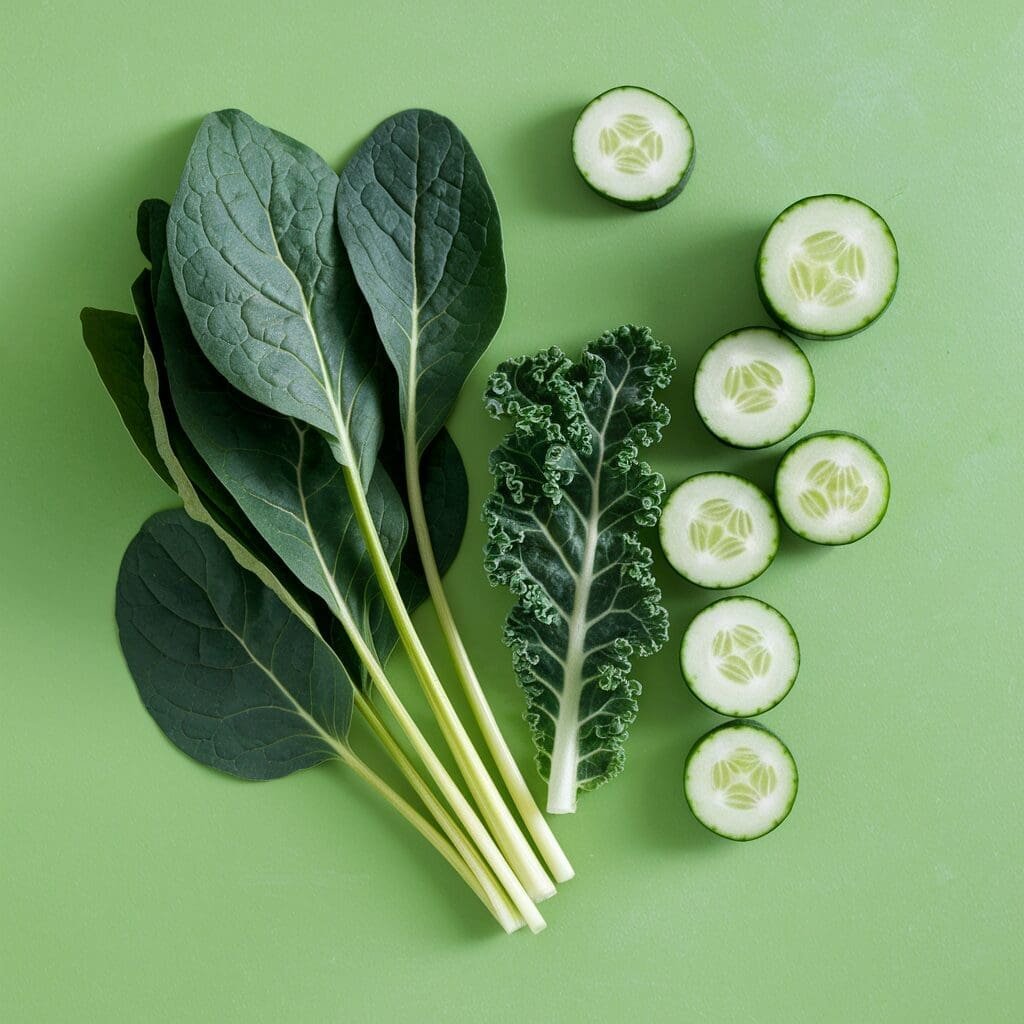
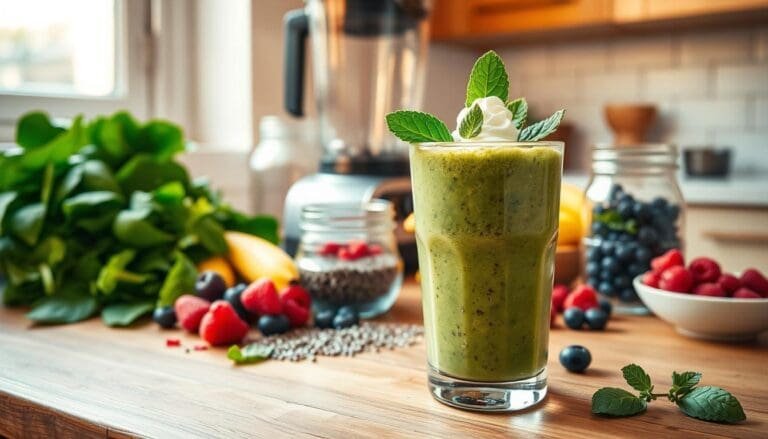
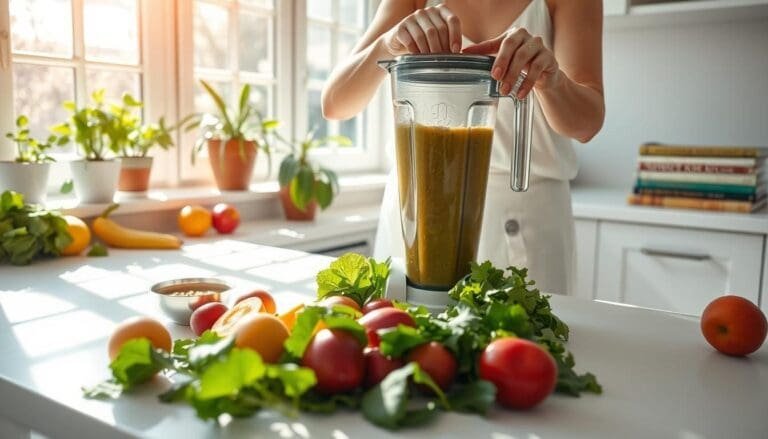
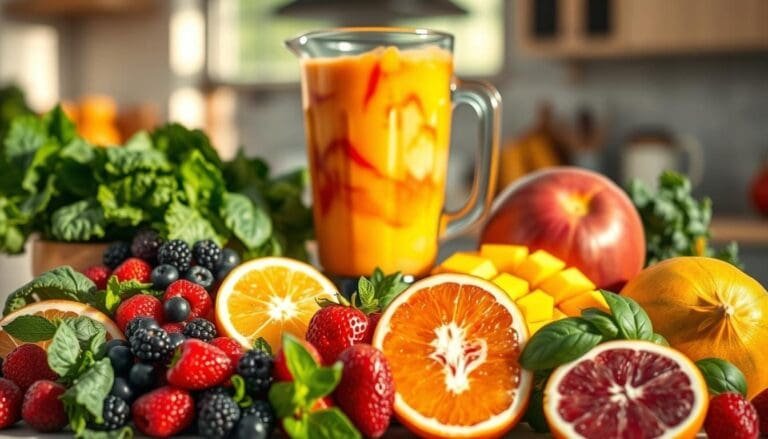

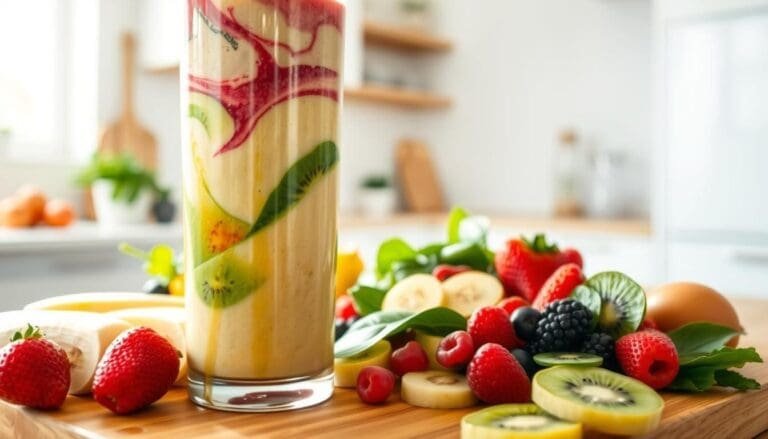
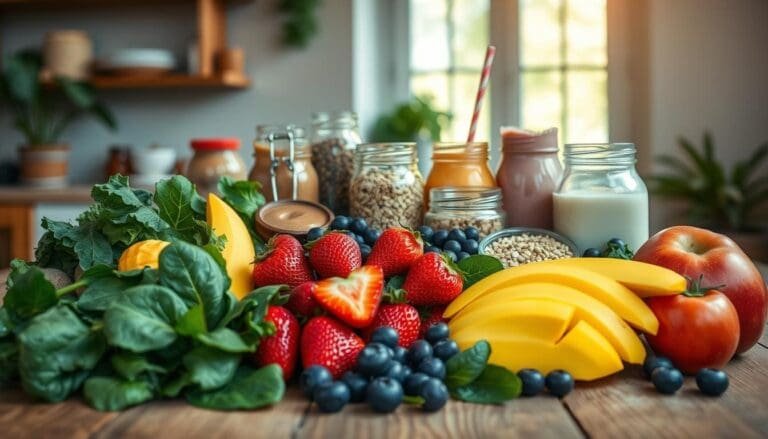
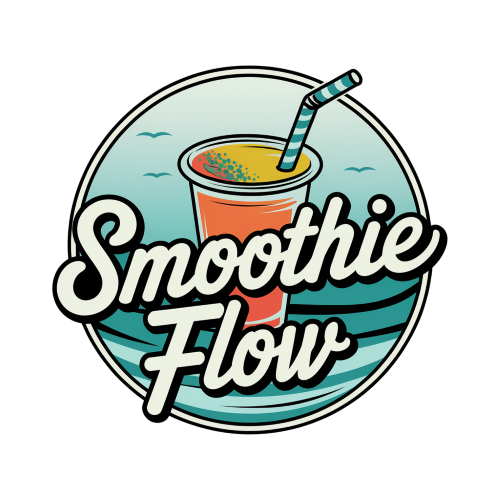
4 Comments